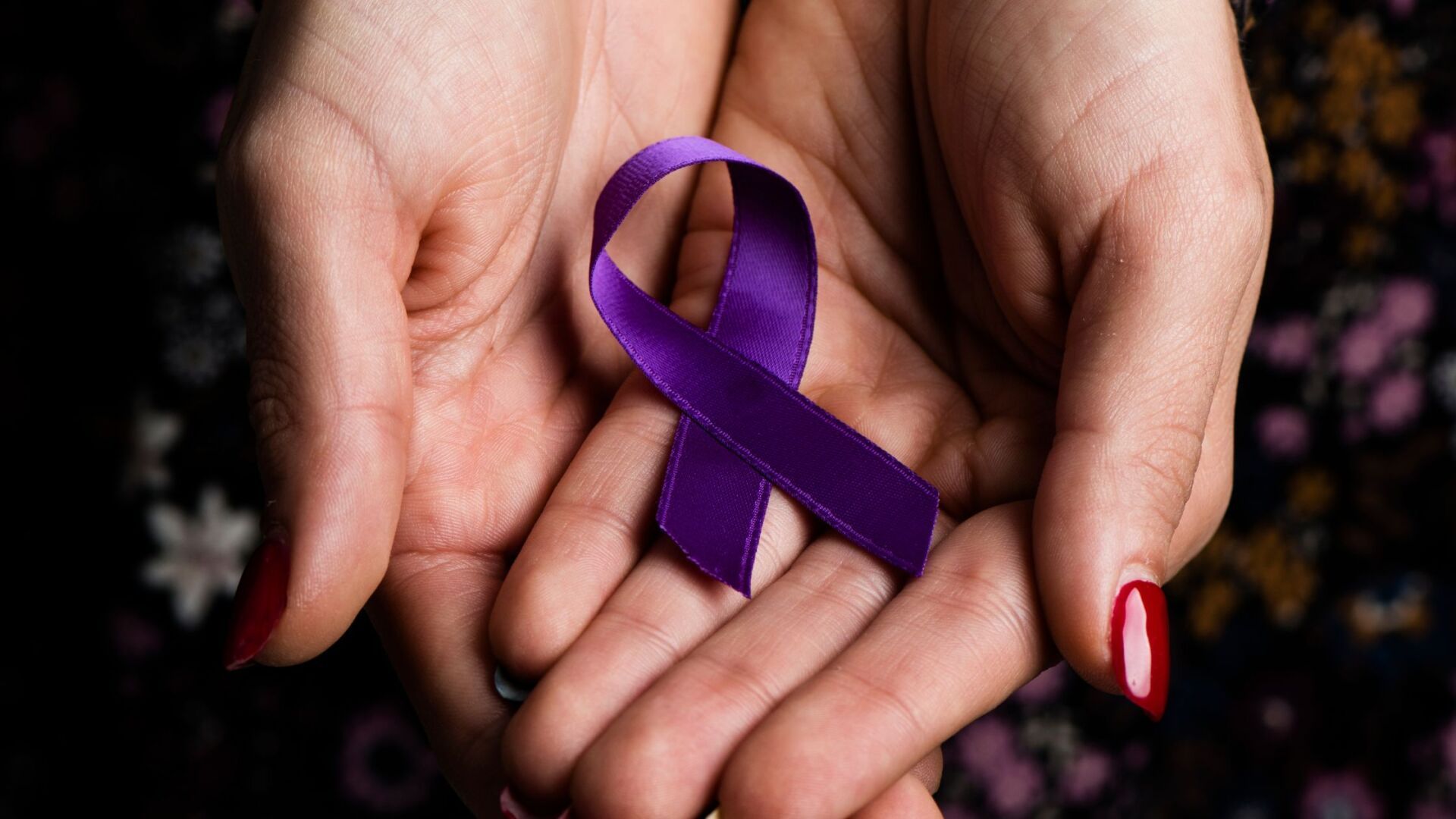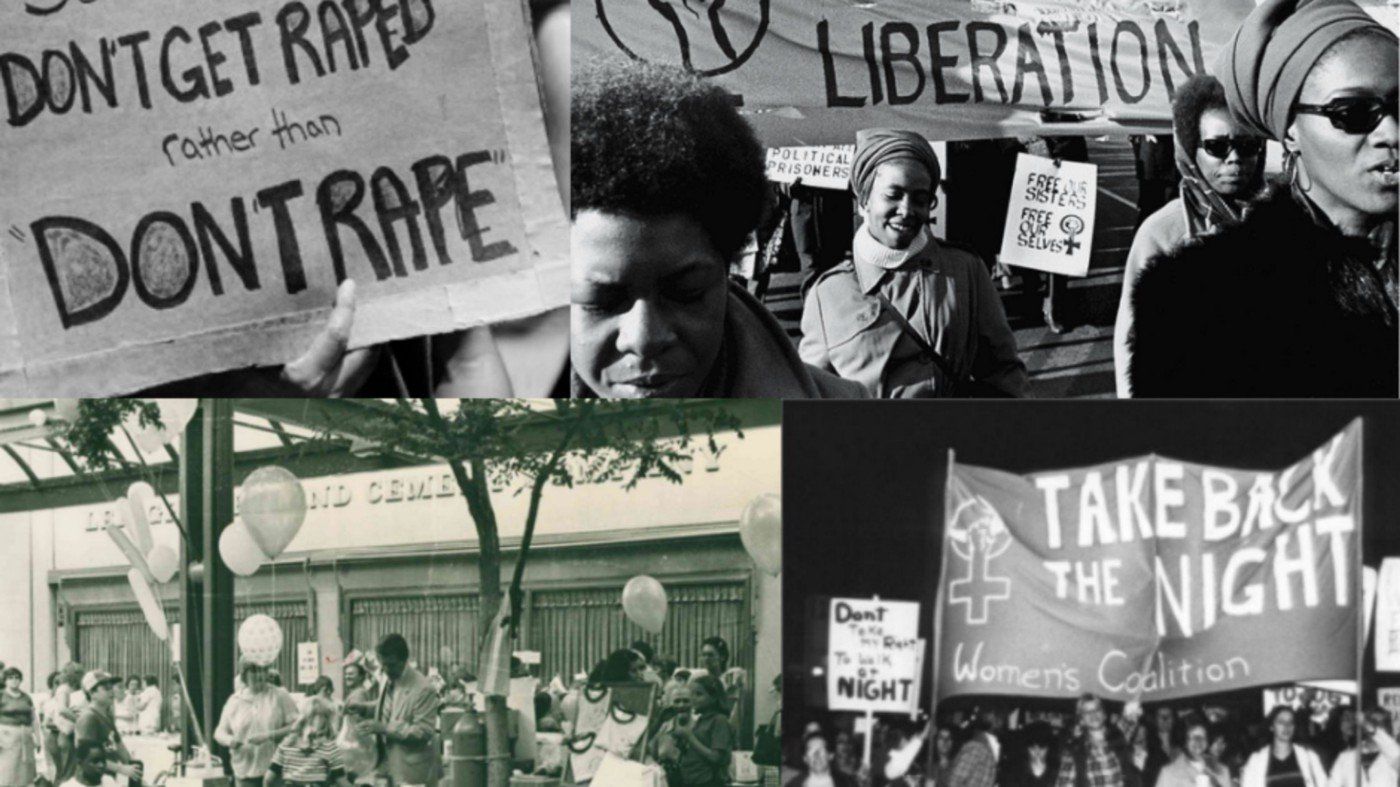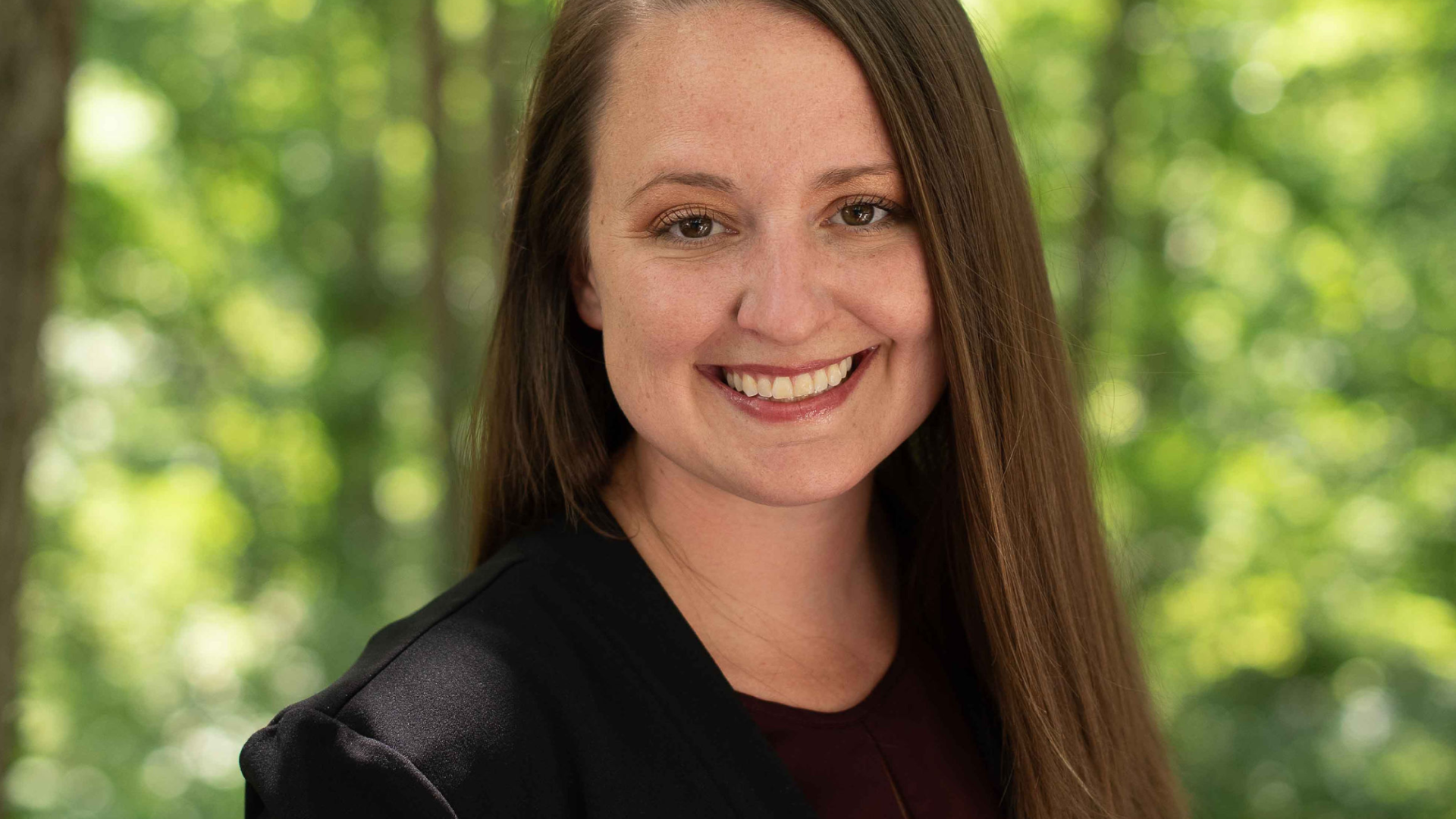A History of Sexual Assault Awareness Month
Alexandra Pecoraro
It’s coming to the end of April, which also means the end of Sexual Assault Awareness Month (SAAM), but have you ever thought about who paved the way?
Who fought for national sexual violence awareness? Whether you have or you haven’t, we're here to let you know.
When learning about sexual violence prevention and advocacy there are often parts of history that are forgotten and silenced. The legacy of sexual violence awareness and prevention has been led by black women and women of color (WoC) for decades. The hyper-sexualization of WoC, specifically black women, traces back to the 1400s and has influenced the political and cultural understanding of violence and consent. Sexual violence was used as a weapon throughout wars and slavery to control and dehumanize (1). This horrific legacy led to black women and women of color being the initiators of anti-sexual violence work.
When did sexual violence awareness start?
We often see information about sexual violence awareness and prevention dating back to the 60s and 70s when national marches and rape crisis centers started opening. We are going to roll it back even further and start in 1866.
Following the Civil War, in 1866, white Memphis police officers and black Union soldiers were involved in a shooting altercation. White residents, with the aid of the police force, rampaged through black neighborhoods, assaulting, murdering, and raping black soldiers and civilians. This event became known as the Memphis Riots, or the Memphis Massacre.
So how is it significant to the history of sexual violence? Five black women who survived the riots and the sexual violence against them testified during a congressional investigation. These were the first testimonies of sexual violence to be a part of a US trial (2).
Additionally, a woman by the name of Ida B. Wells spent her life, from 1862–1931, fighting against racism, sexism, and gender-based violence. Wells helped to lead anti-rape movements throughout the South (3), specifically focusing on destroying the stereotypes and hyper-sexualization of black women and the idea that all black men are perpetrators. Her work was intended to change the cultural norms that led to increased violence.
What about community and nationwide movements?
With 21st-century movements gaining so much momentum and media attention, we often forget to look back at who came before us. In 1944, Recy Taylor’s fight for justice against her perpetrators left a lasting impact. As she was leaving an Alabama church with two friends, seven white men kidnapped and terrorized them; six of the men raped Taylor. But she would not be silenced. Taylor reached out to the NAACP, and they sent one of their best investigators, Rosa Parks, to explore what happened. The investigation led to the creation of the Committee for Equal Justice (later the Montgomery Improvement Association). It can even be argued that the Civil Rights movement was grown out of black women fighting for agency and against sexual violence (4). Rosa Parks' work in fighting the intersection of gender violence and racial violence paved the way for the idea of intersectionality, focusing on how identities intersect and impact one’s lived experiences.
The fight for social activism and awareness extended over the next couple of decades. This was seen when the first rape crisis center, Bay Area Women Against Rape, opened in San Francisco in 1971. Over the next five years, 400 centers opened across the country. Then in 1975, state coalitions began to form with the creation of the Pennsylvania Coalition Against Rape. Along with national organizations came national events and marches, such as Take Back the Night events, Women’s Equal Rights Parades, and Women’s Liberation Marches (5).
When do laws and policies start changing?
The conversation around sexual violence awareness and prevention came to political and policy attention in 1991. Anita Hill testified during Clarence Thomas’ Supreme Court Nomination hearing. She shared her story of sexual harassment and this brought the issue of sexual violence and accountability to the forefront of politics.
Then in 1994, President Bill Clinton passed the Violence Against Women Act (VAWA). This provided funding toward investigations and prosecutions of violent crimes against women, mandatory restitution on those convicted, and allowed civil redress. VAWA created legal protection for women who were experiencing sexual and domestic violence, and it extended to their children. This was the first time in US history that gender-based violence was deemed a legal issue and not just a personal issue (6).
Now that we have historical context, when did SAAM come into the picture?
SAAM began seven years after VAWA. In 2000, the National Sexual Violence Resource Center was created. This would become the leading nonprofit in resources and information on sexual violence awareness and prevention. A year later, in 2001, the NSVRC formally recognized April as Sexual Assault Awareness Month. Fast-forward eight years, and President Barack Obama officially proclaimed April as Sexual Assault Awareness Month. Obama is the first and only president to recognize SAAM, but since 2009, April has been nationally recognized as SAAM.
This is a brief history of SAAM and sexual violence advocacy. This does not include everything or everyone that has impacted the history of sexual violence awareness, but this is a start to understanding and uplifting the people who fought for the progress that's been made today. If you'd like to conduct additional research, we will provide a few websites and books at the end of this post. You'll also find a condensed timeline of everything discussed above.
Thank you all for being here with us today. We want to hear your thoughts and comments below!
Additional resources:
- https://www.nsvrc.org/saam/history
- https://www.nsvrc.org/blogs/how-we-got-here-history-sexual-assault-awareness-month
- https://barcc.org/blog/details/historical-black-activists-against-sexual-violence
- A Black Women’s History of the United States by Daina Ramey Berry and Kali N. Gross
- “Black Women & Sexual Violence,” Uploads, NOW, https://now.org/wp-content/uploads/2018/02/Black-Women-and-Sexual-Violence-6.pdf
- Greensite, Gillian. “History of the Rape Crisis Movement.” Support for Survivors (1999): 11-14. Print. http://www.calcasa.org/about/roots-of-the-movement/
- Giorlandio, Rosanna, “Black Activists against Sexual Violence throughout US History,” Blog, BARCC, last modified February 24, 2020, https://barcc.org/blog/details/historical-black-activists-against-sexual-violence
- Barlow, Jameta Nicole, “Black Women, the Forgotten Survivors of Sexual Assault.” In the Public Interest, American Psychological Association, February 2020, https://www.apa.org/pi/about/newsletter/2020/02/black-women-sexual-assault
- “Histroy of Sexual Assault Awareness Month,” SAAM, National Sexual Violence Resource Center, https://www.nsvrc.org/saam/history
- Heldman, C., & Brown, B. (2014, August 08). A Brief History of Sexual Violence Activism in the U.S. Retrieved from https://www.nsvrc.org/blogs/how-we-got-here-history-sexual-assault-awareness-month
Share this post







